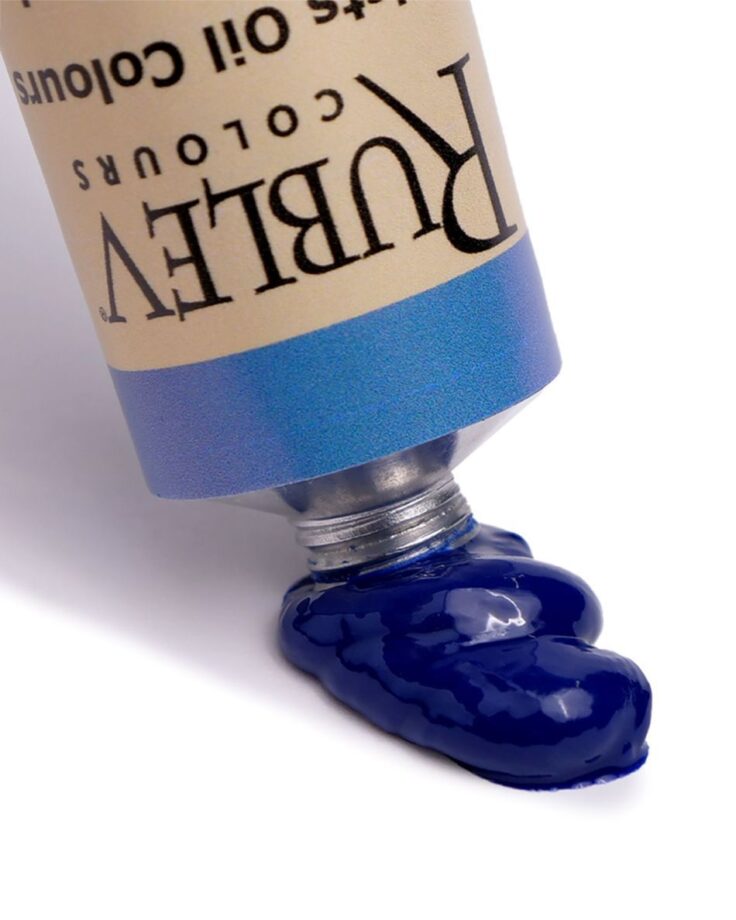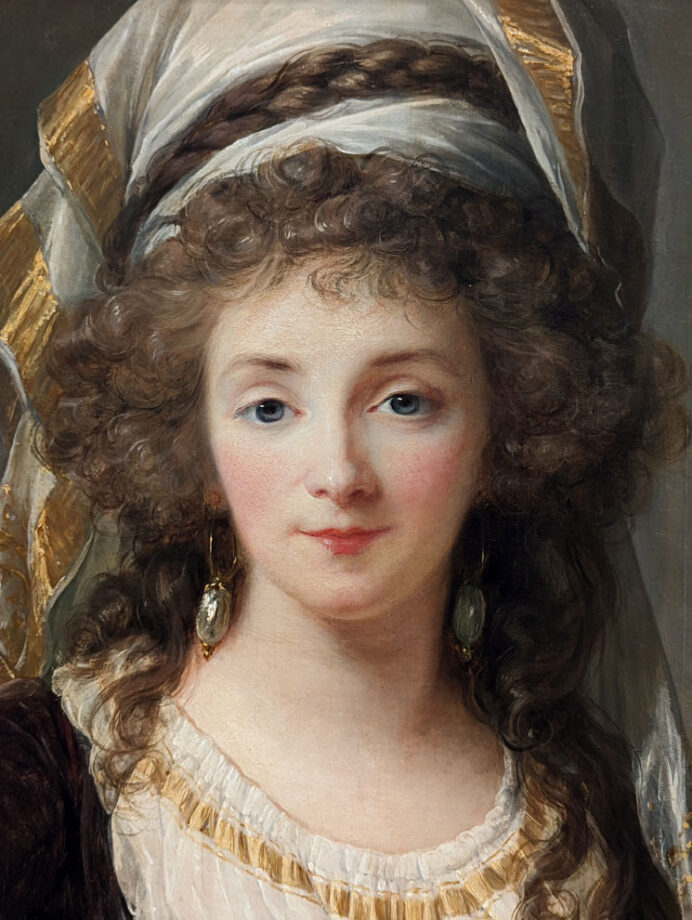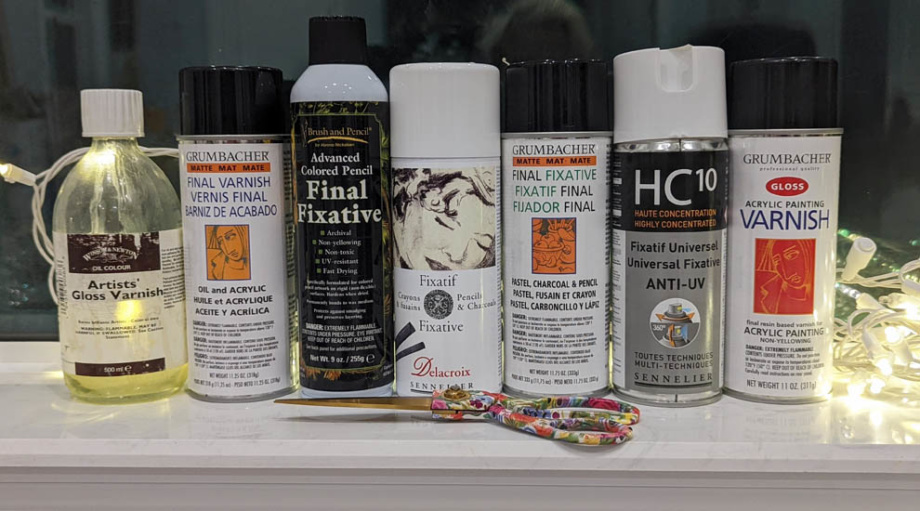Learn why the 20th-century art will be lost faster than the old masters’ paintings housed in various art collections worldwide. Meet George O’Hanlon and Tatiana Zaytseva, co-founders of Natural Pigments.
In this episode, we’ll be exploring the hidden truth about today’s art supplies and how the incorrect use and poor quality can cause cracking, fading and other issues with art. We’ll discuss the oil painting techniques and art materials of the old masters. By the end of this interview, you’ll have much better understanding how to use oil paint, mediums, gesso and other art supplies in your own paintings, and you’ll be able to understand the various techniques used by the artists before the 19th century. Don’t miss out on this chance to learn from the best!
Based in northern California, Natural Pigments manufactures and sells rare and hard-to-find materials for professional fine artists and decorators. The art supply company produces high-quality artists’ materials that were used in historical painting until the nineteenth century.
Contact: George O’Hanlon, Technical Director + Tatiana Zaytseva, Administrative Director of Natural Pigments https://www.naturalpigments.com/
Understand how to create the best oil paintings possible using high-quality art supplies correctly.
Interview:
- 2-23min Why George went to Russia and how he met his future wife Tatiana.
- 24-30min George’s surprising discovery of the old masters painting techniques
- 39min The proper use of mediums in oil painting
- 46min How the “Painting Best Practices Workshop” was born
- 48min Is it ok to have acrylic underpainting with oil painting?
- 51:40min Does gesso quality matter?
- 57min The importance of having high-quality art materials and how to use them correctly to make lasting art
- 59min Main advantage painting with lead white. The difference between titanium white and lead white. Is lead poisoning real for artists? The safely issues with the lead white oil paint.
- 1hr Safe use of solvents
- 1:09 The lightfastness of colors
- 1:15 Medium to paint thick textures in oil painting
- 1:17 Gilding process and preparation of surface
- 1:24 the best surfaces for oil painting and gilding
- 1:31 The most famous artist who creates art painting with Natural Pigments!
Watch on YouTube: https://youtu.be/zxv_WXHvO6c

Subscribe & rate this podcast on Spotify and Apple | Show your support for the podcast: here | Host: Veronica Winters, MFA | veronicasart.com
Podcast: Play in new window | Download


